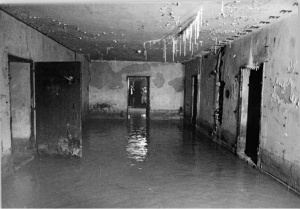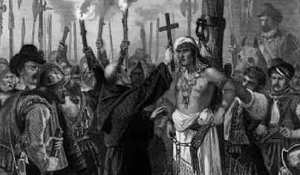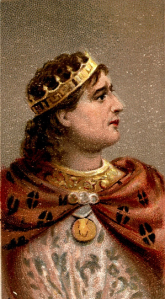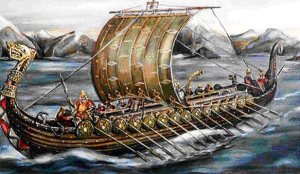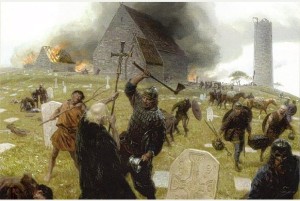There is a widespread consensus among the online marketing experts that the days of content marketing are waning and that too quite quickly. But that is a logical outcome, one that was slated to happen. Why?
If there were thousands of replica Taj Mahals built around India, do you think Taj would still have the same appeal? For me, I feel it will not. Its originality would be lost. Similarly, the web content has lost its originality. Bereft of any originality and filled with duplicates, the content that is being posted (in thousands) at various article directories, blogs and other sources is not original.
Why do you think web grew by within such a short span? It was simply the power of content that helped its propagation. But back in those days, content used to be original. It was useful, and most of all good to read. But in the last few years, content quality has degraded drastically, getting online readers disinterested.
As writers you should be proud of what you are doing. And the responsibility of a writer is to entertain and engage the readers with the power of words and thought. Well, modern day content writing has lost the power of thought. Readers understand when they see an old item with a new packing wrap. So, rehashing content from two or less sources is not the best way to create content. Today, the abundance of online resources means content writers have information about everything, if you know the places to search for.
We are looked upon as the Shakespeare’s of the modern era (take that literally), but we don the hats of imitation artists. And mostly the imitations are of much inferior quality to the originals. If you truly love your profession and hope to see it touch the zenith, where it was some years back, then you have to take responsibility.
Why start an article, by opening another to seek inspiration? Rather, take some time and learn about the niche you are writing for. Once you understand the sector, you are ready to think freely. Again, take some time to think about a probable problem area in the desired sector. Well, it sounds a bit time consuming, right? You might be worried, what the clients would feel? You might be worried that less productivity might haunt you when salary review comes about? So, let me clear the scenario – clients always demand good work over more work. They are hiring a professional writer seeking quality; an article spinning software could give them quantity. If you deliver them one good article in place of three poor ones, they will take it anytime. And to develop such an article you need time. If the client is happy, it will be a success badge on your profile!
Coming to another dilemma that the content writers face – working for SEO. SEO and content writing go hand in hand. But, content writing always makes sacrifices for SEO. Yes, the SEO Executive provides you a long list of keywords to develop an article (some are rather illogical mixture of words). But, you have to be thoughtful about that. The SEO professional is thinking about the bots, you should be more interested about the readers. And that means a careful use of keywords. Making sentences in the middle of nowhere to accommodate keywords completely kills the fun of reading an article. You have to be selective, as it is Google encourages organic use of keywords. So spread a long tail keyword out, Google will recognize it anyway. Even single mentions of a keyword are good enough to earn ranking, so why waste the potential of content?
Another reason for the failure of content writing is the lack of understanding. Most of us write just for the sake of it. Understanding the psyche of the web readers is very important. They are impatient and in search of solutions. Our generalist introductions are too boring. Come straight to the point. See, a reader is reading your article because he has a need. He needs to learn about something important, about which his near and dear ones might not know. If he had any other offline help, he would definitely opt for that rather than reading. So, when you are writing a rehashed article, you will simply lose the reader. If you touch a problem point and elaborate how to solve it, it would be good reading and useful.
Okay, now the blog is getting really lengthy. So, I will keep a second part for this. And hope to publish that soon. For now, I request all the content writers to remain WRITERS and not curators.












